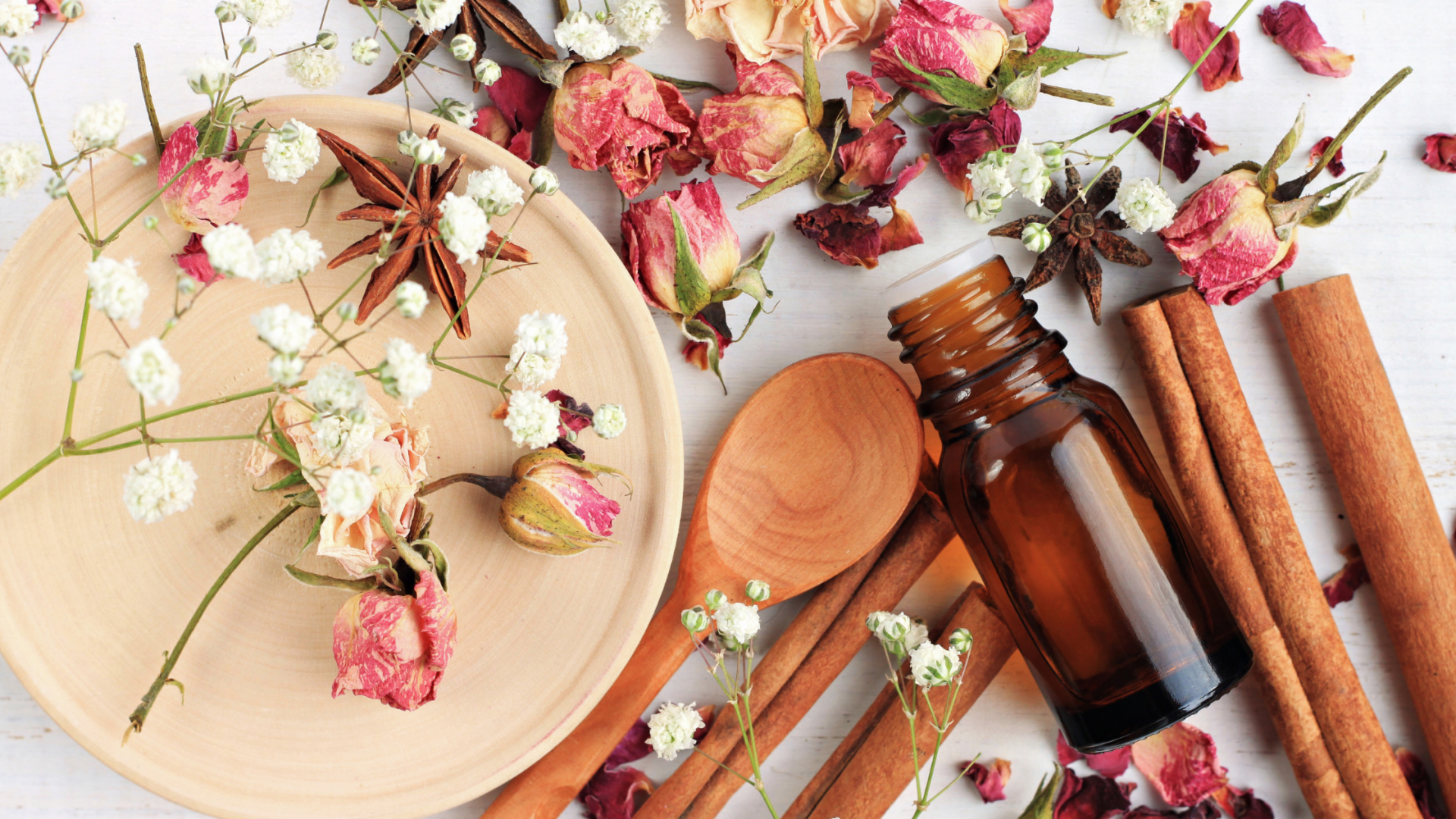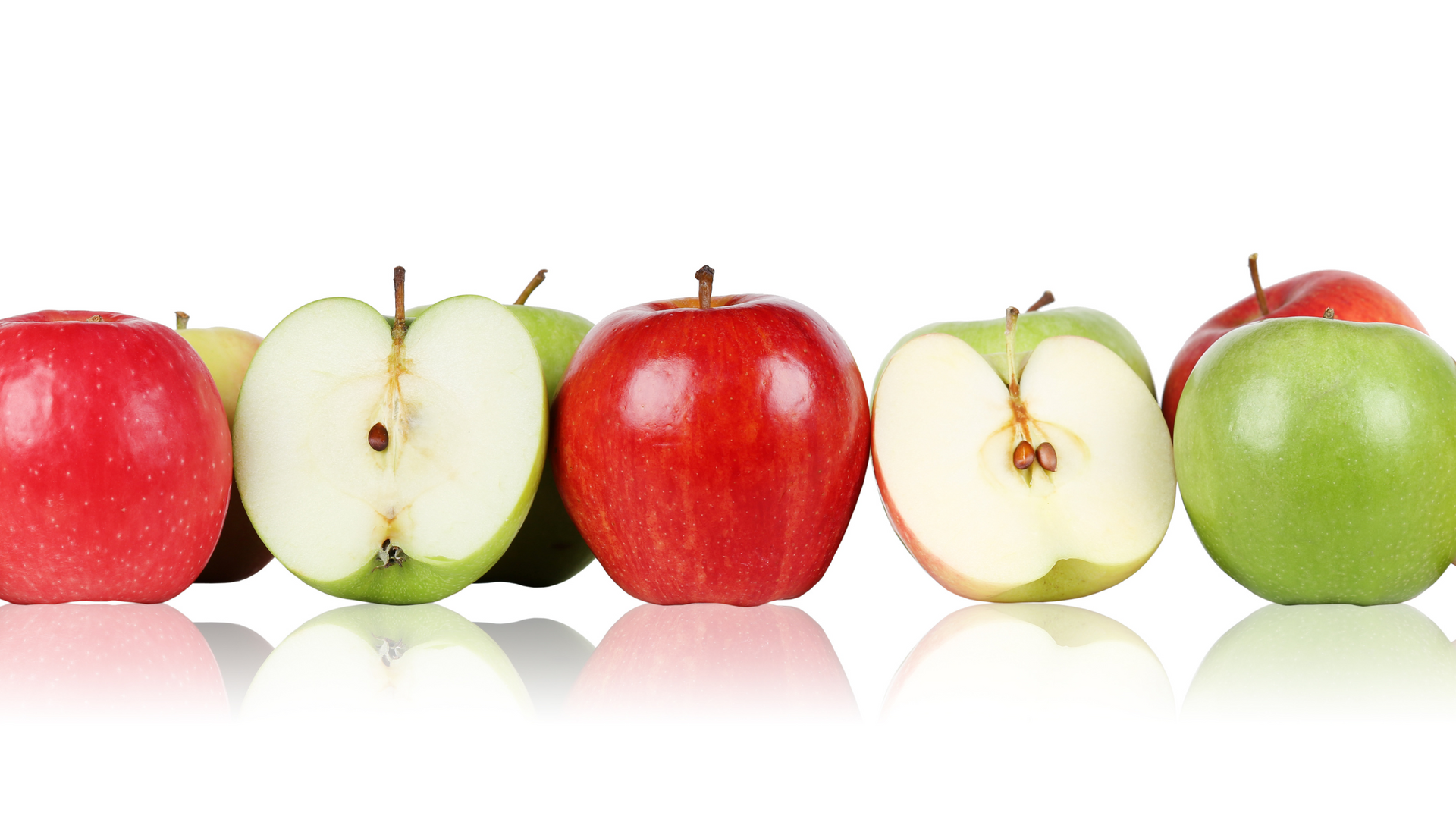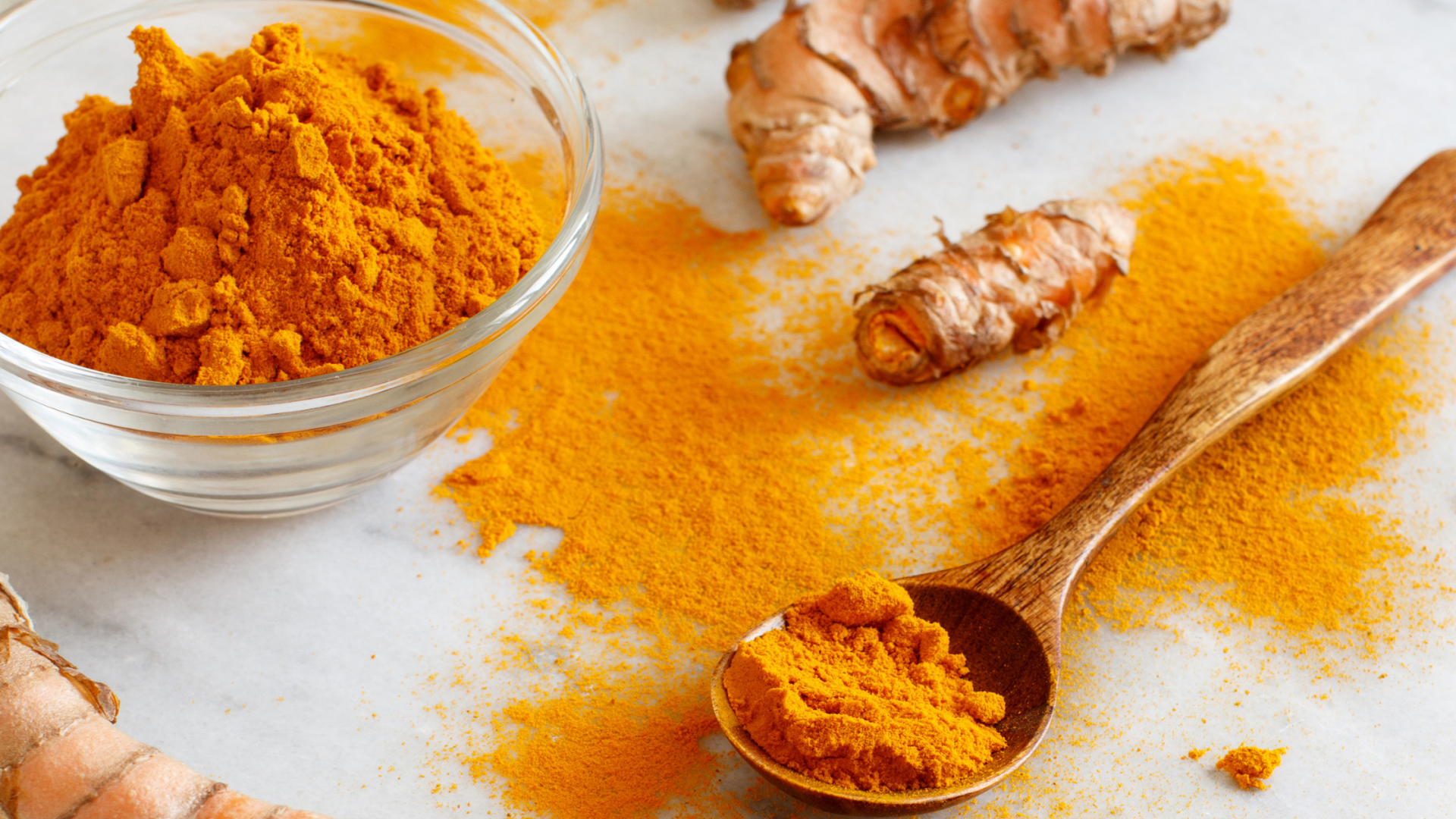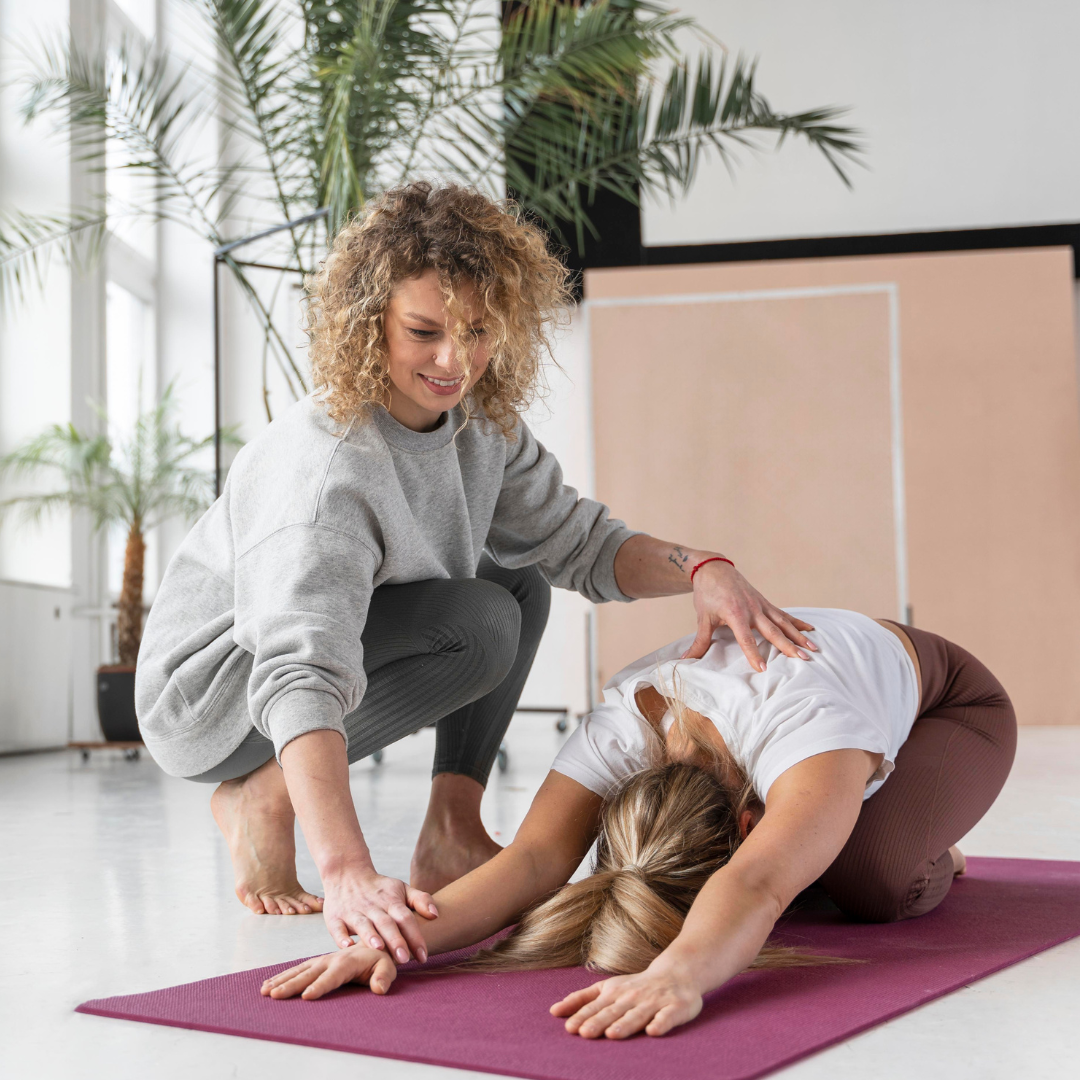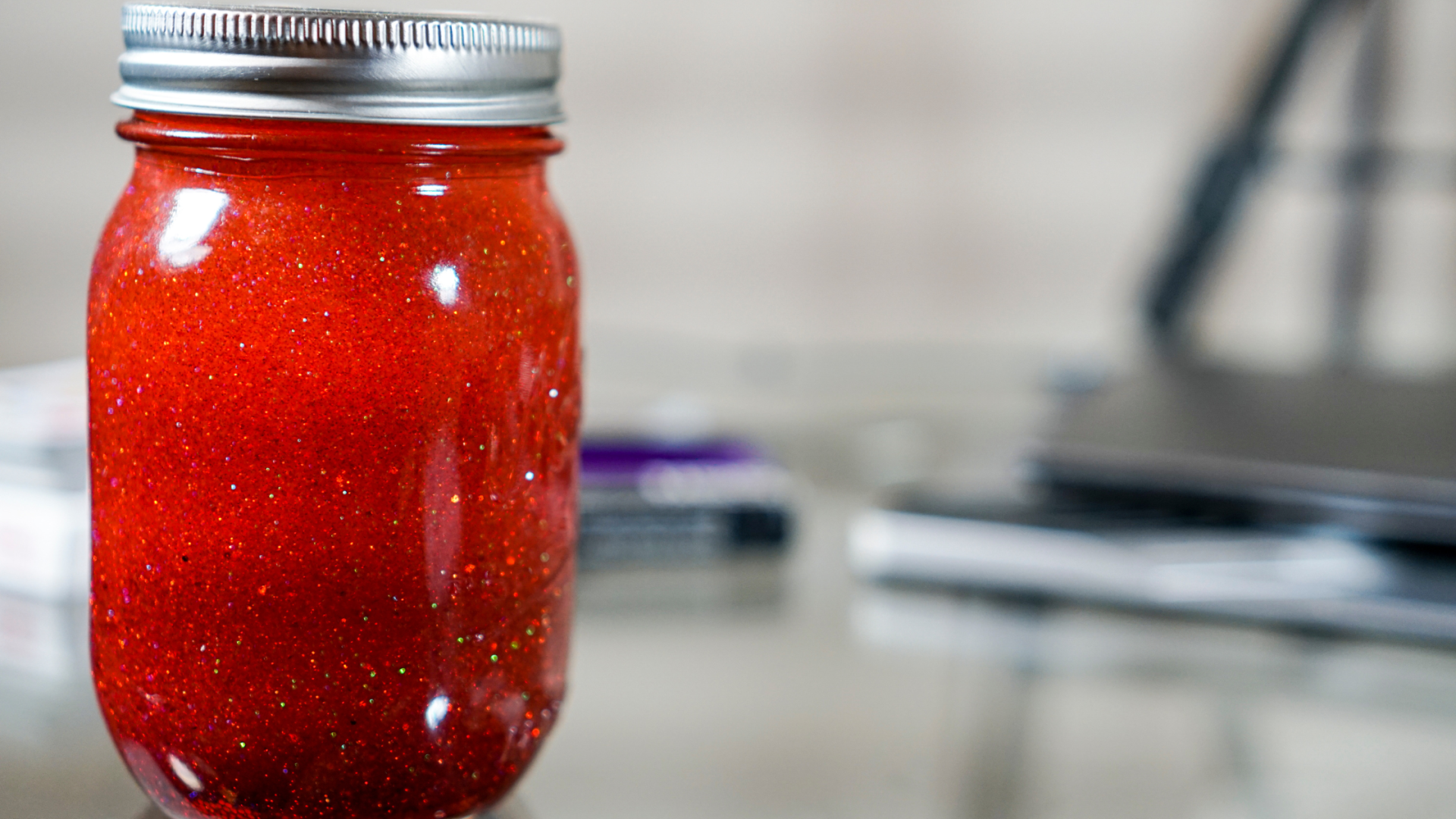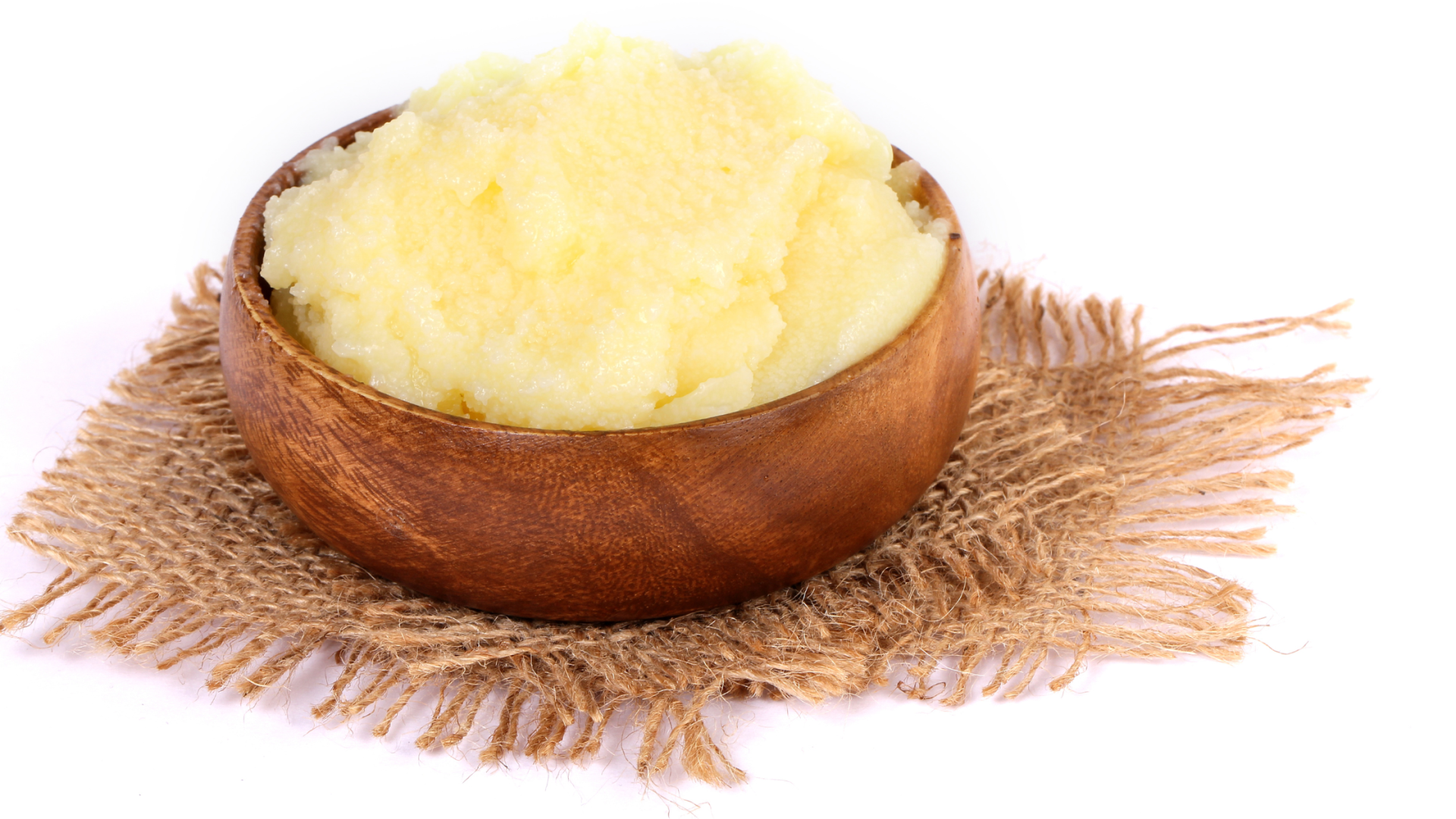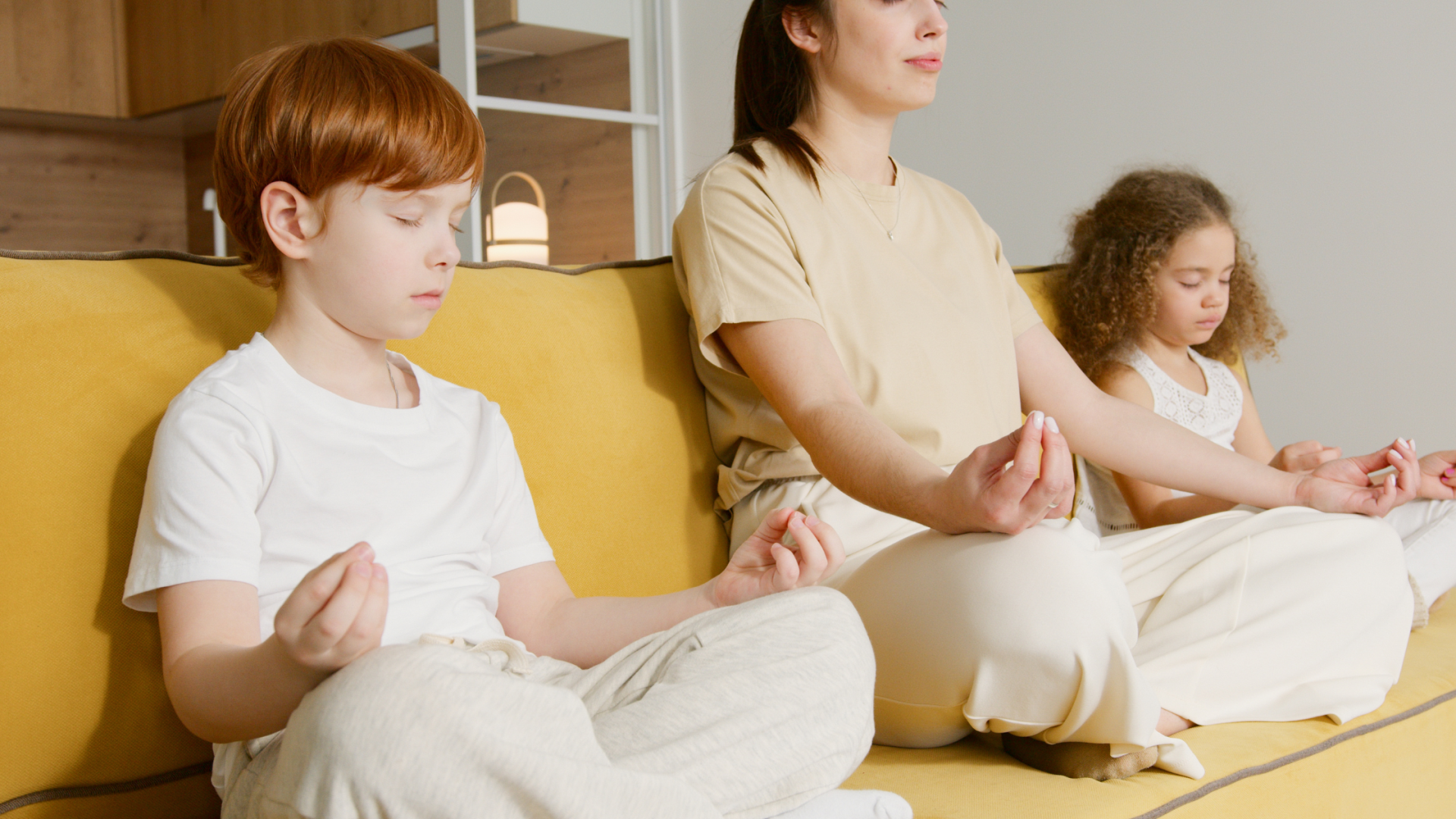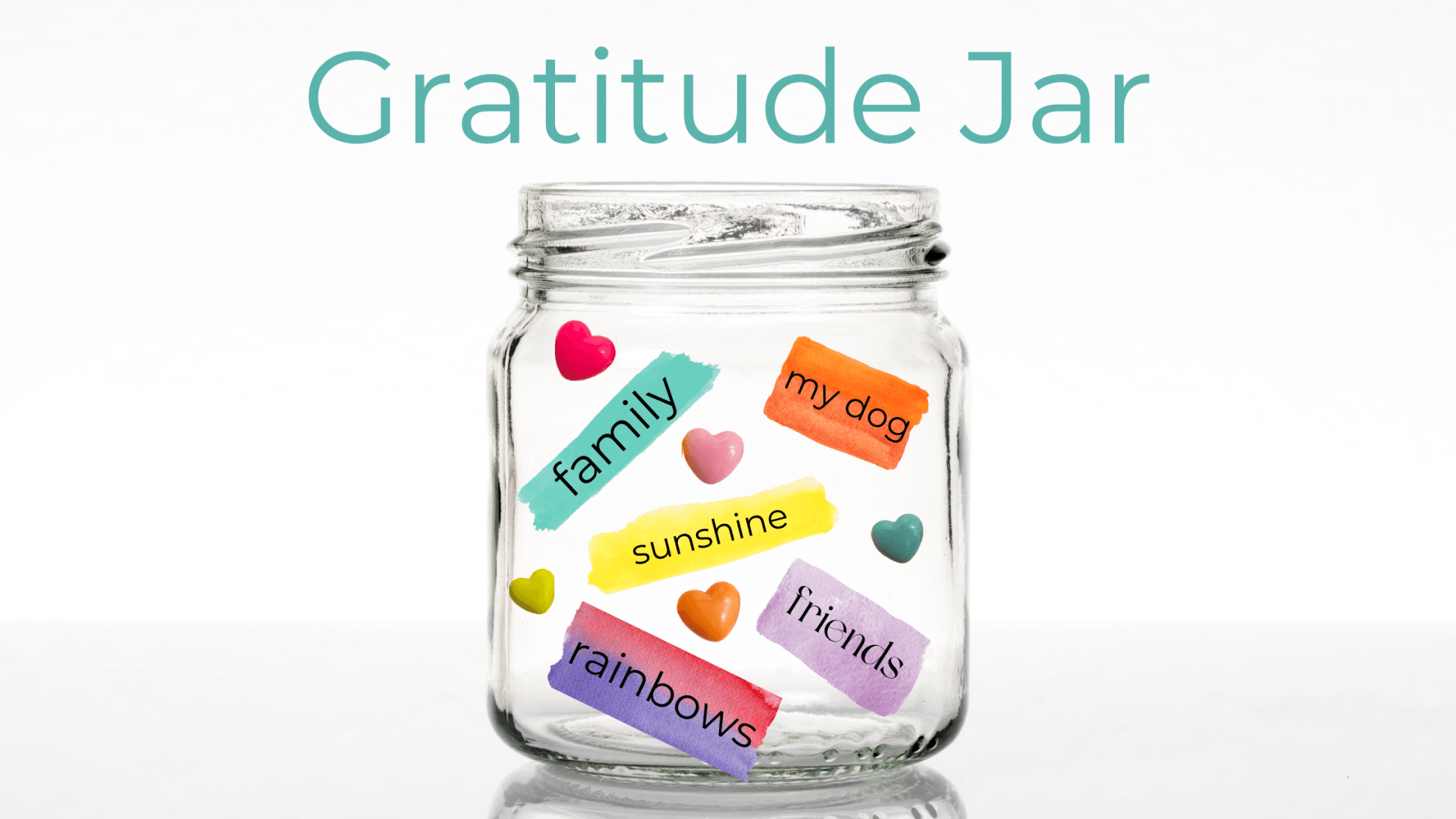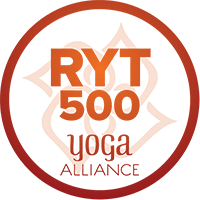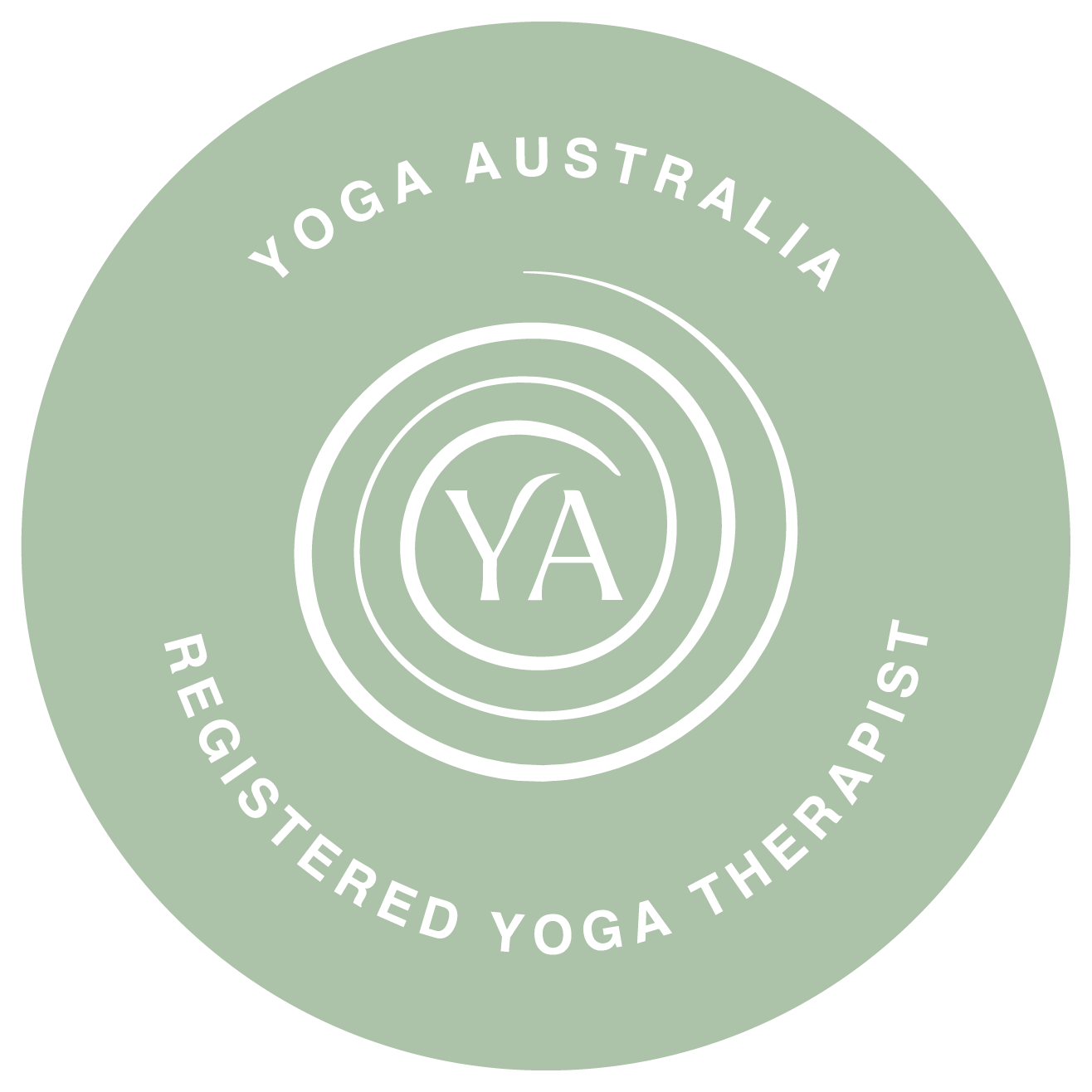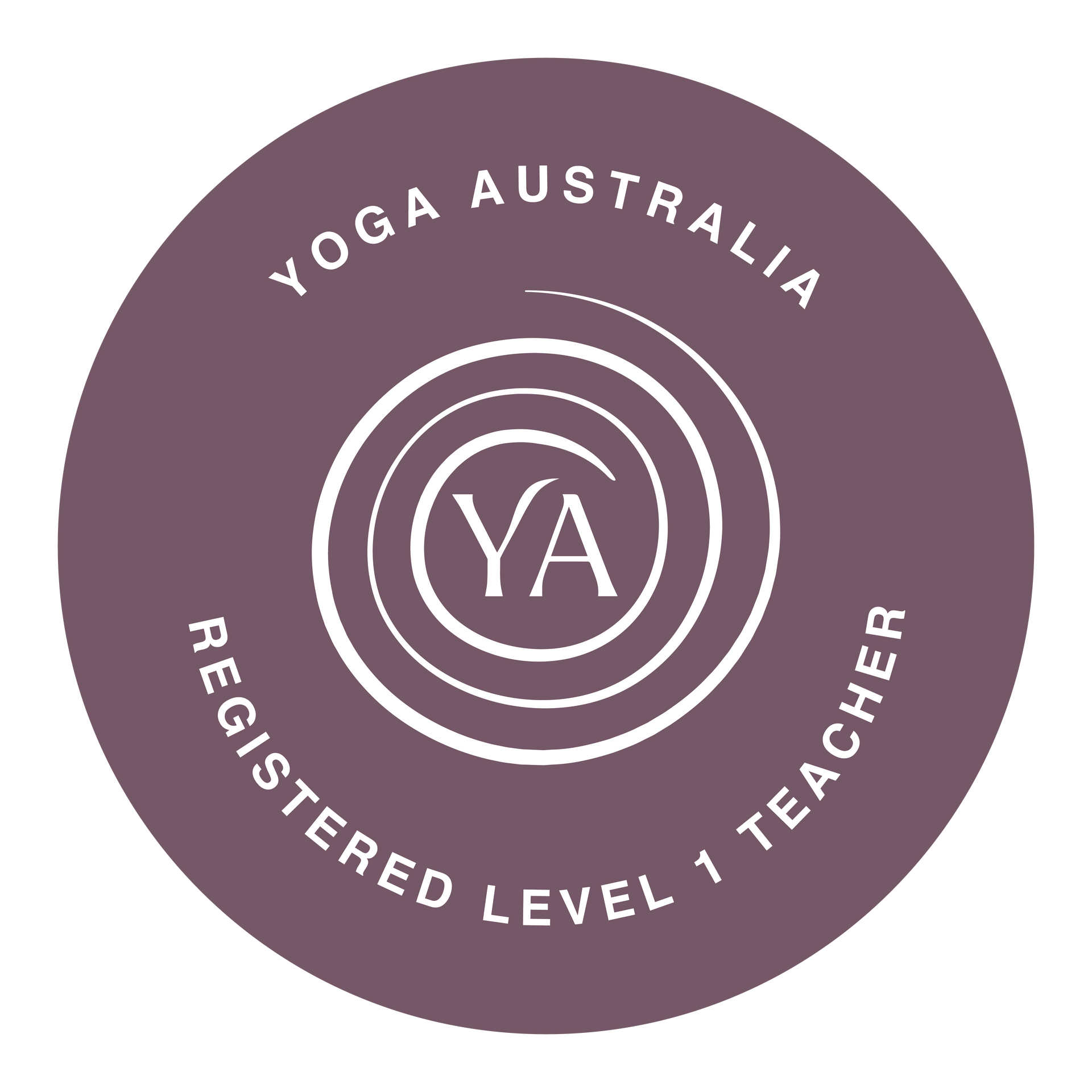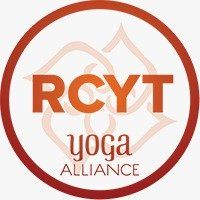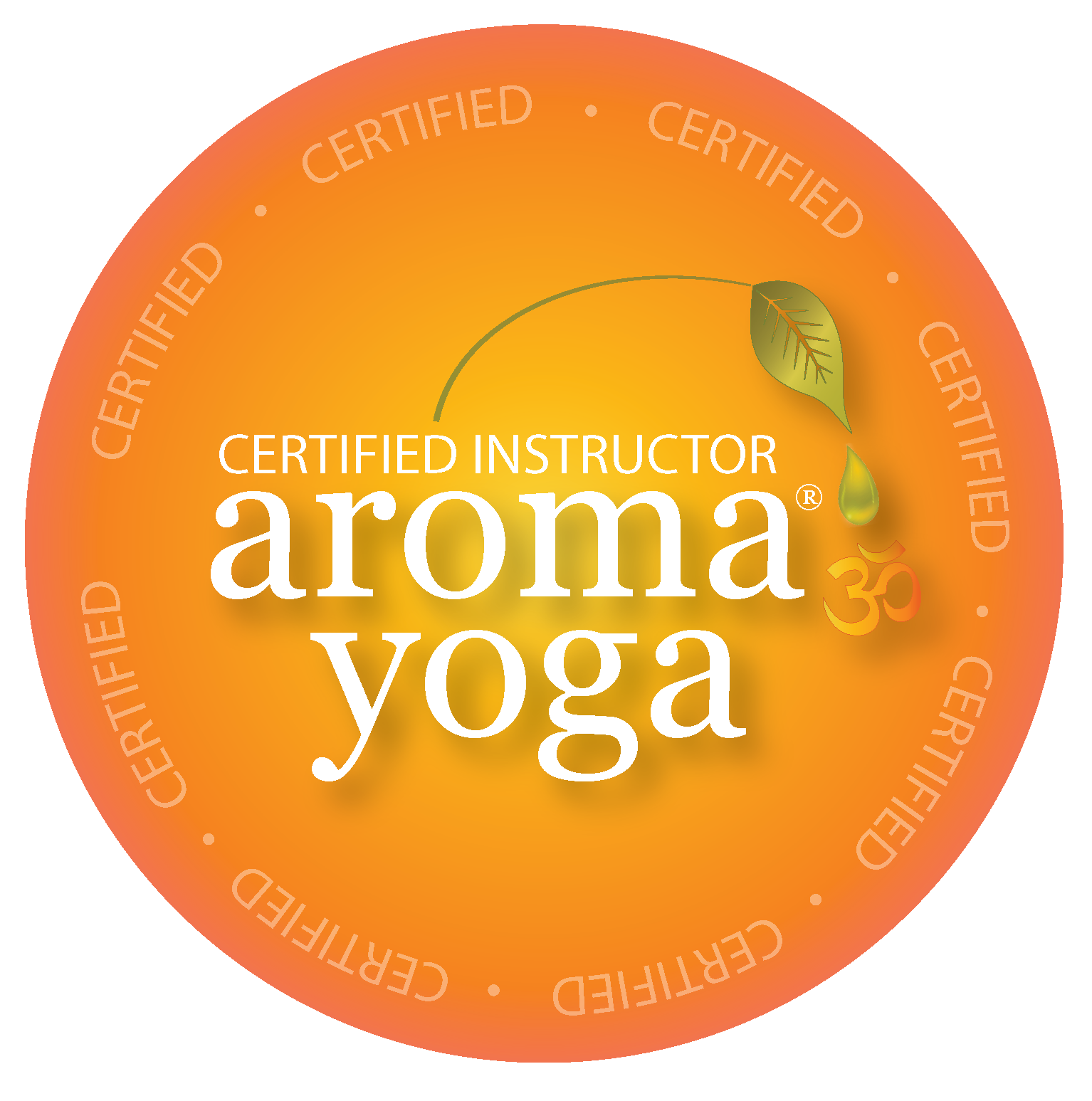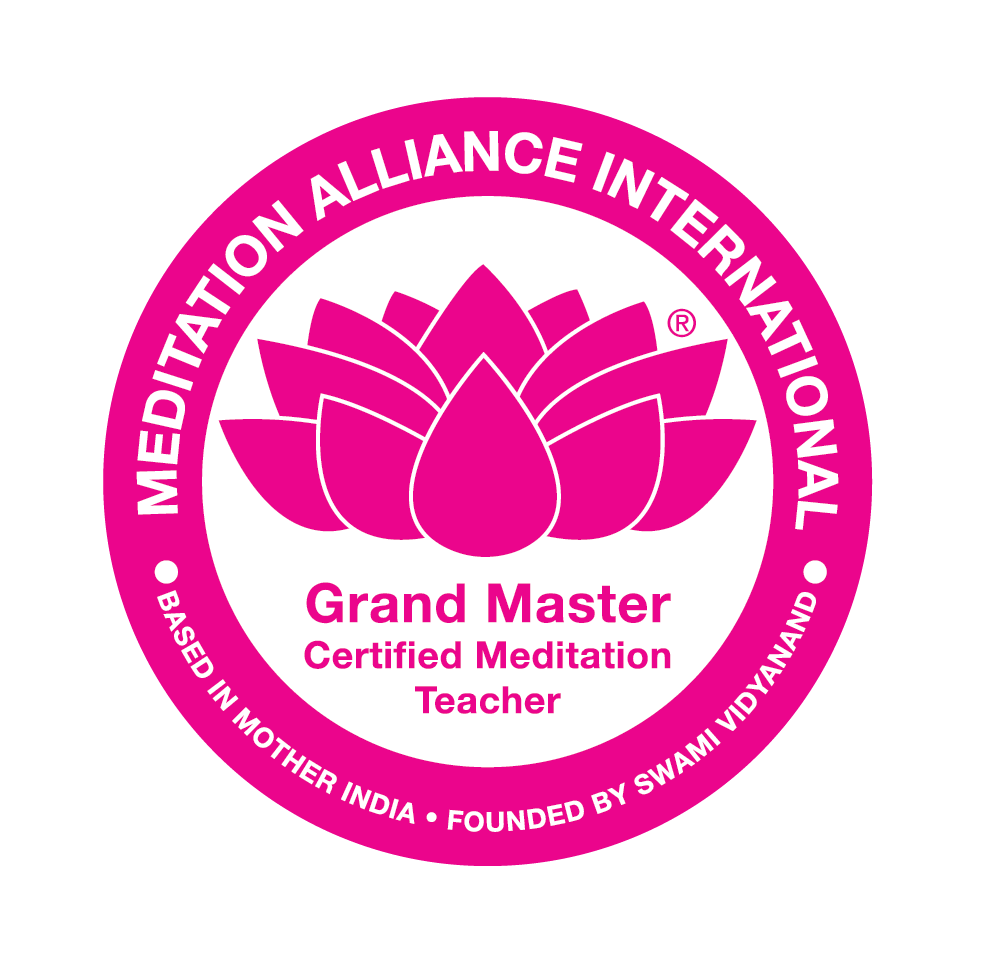How Essential Oils Work: A Summary
How do essential oils really work?
I could go into a lot of detail (which I may do some other time), but today I'm going to share a quick summary, from a purely Aromatherapy viewpoint.
Essential oils penetrate the body in two ways: through the nose and the skin. The pure intelligence of essential oils may be the only tool that can reach into the deep recesses of our brain, cross over the chemical barriers, and open the hidden channels of our minds, allowing access to greater knowledge and discernment in reaching our potential. Essential oils work for all ages, kids and adults alike.
The sense of smell affects:
- Our emotions and memory (the Limbic System)
- The pituitary regulation (Hypothalamus)
- The release of hormones and body regulation (Pituitary)
- Odour identification (Olfactory Cortex)
- The connection of the neocortex (Thalamus)
- The intellectual connection (Neocortex)
Essential oils can contain hundreds of organic constituents and other natural elements that work on many levels. They are 75-100 times more concentrated than the oils in dried herbs.
In Aromatherapy, essential oils have four modes of action in interacting with the body.
1. Pharmacological: the effect of chemical changes which take place when an essential oil enters the bloodstream and react with e.g. hormones and enzymes
2. Physiological: the way an essential oil affects the systems of the body e.e whether they are sedated or stimulated
3. Psychological: the individual response to the inhaled aroma of an essential oil
4. Holistic: the human body's total response to an essential oil, including but not limited to, the responses listed above. Aromatherapy and essential oils have been around for thousands of years. And now scientific research has proven that these wonderful smelling substances are complex and powerful with remarkable medicinal properties
This is really only the tip of the iceberg. Essential oils have so much potential to help wellness and are a great companion to other modalities in holistic wellness.
If you would like further information on essential oils, how they work, their properties, oils to use or any other information, please comment below or email me.
Why not start your wellness journey today with essential oils? Contact me for more information or click here
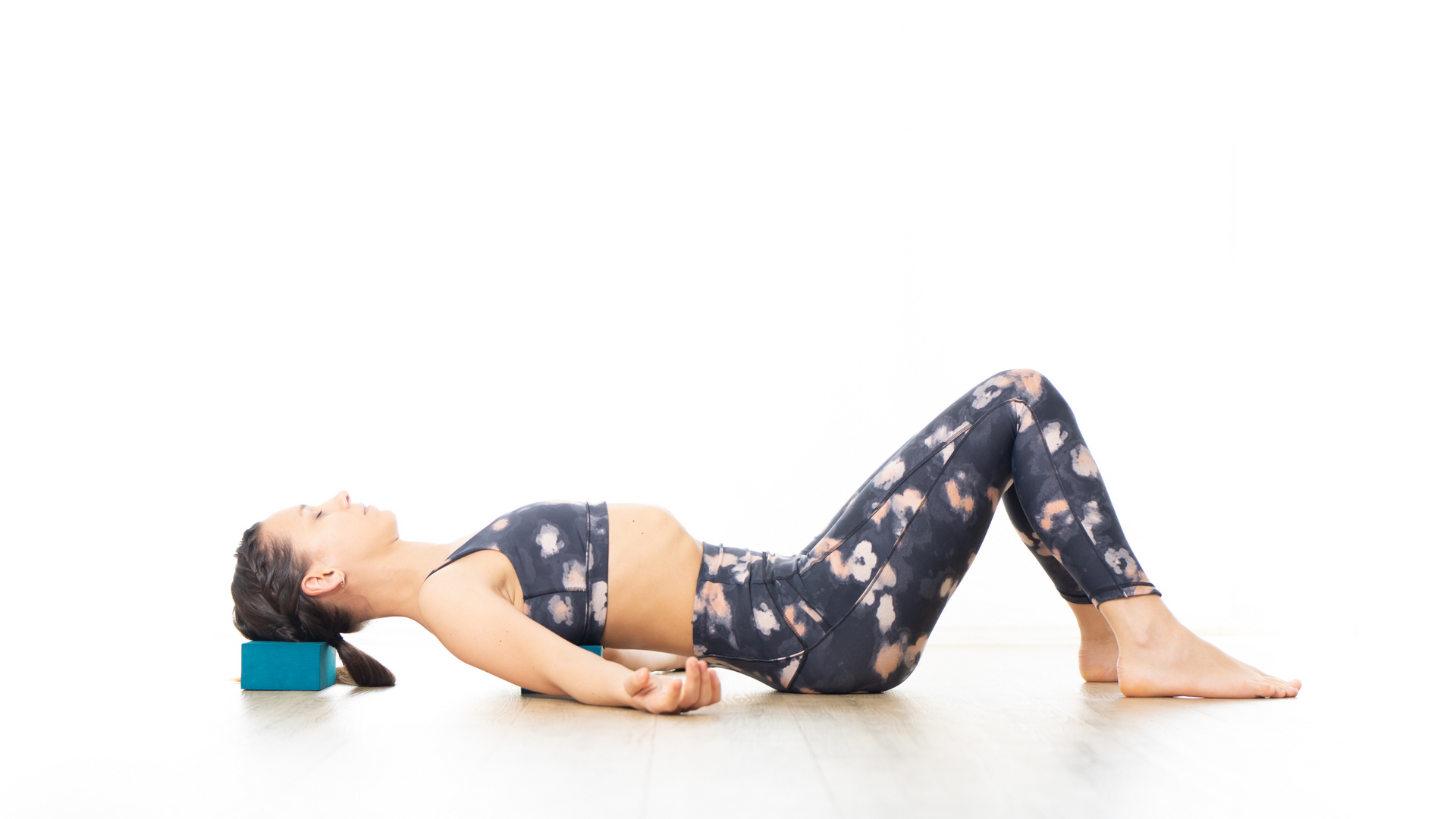
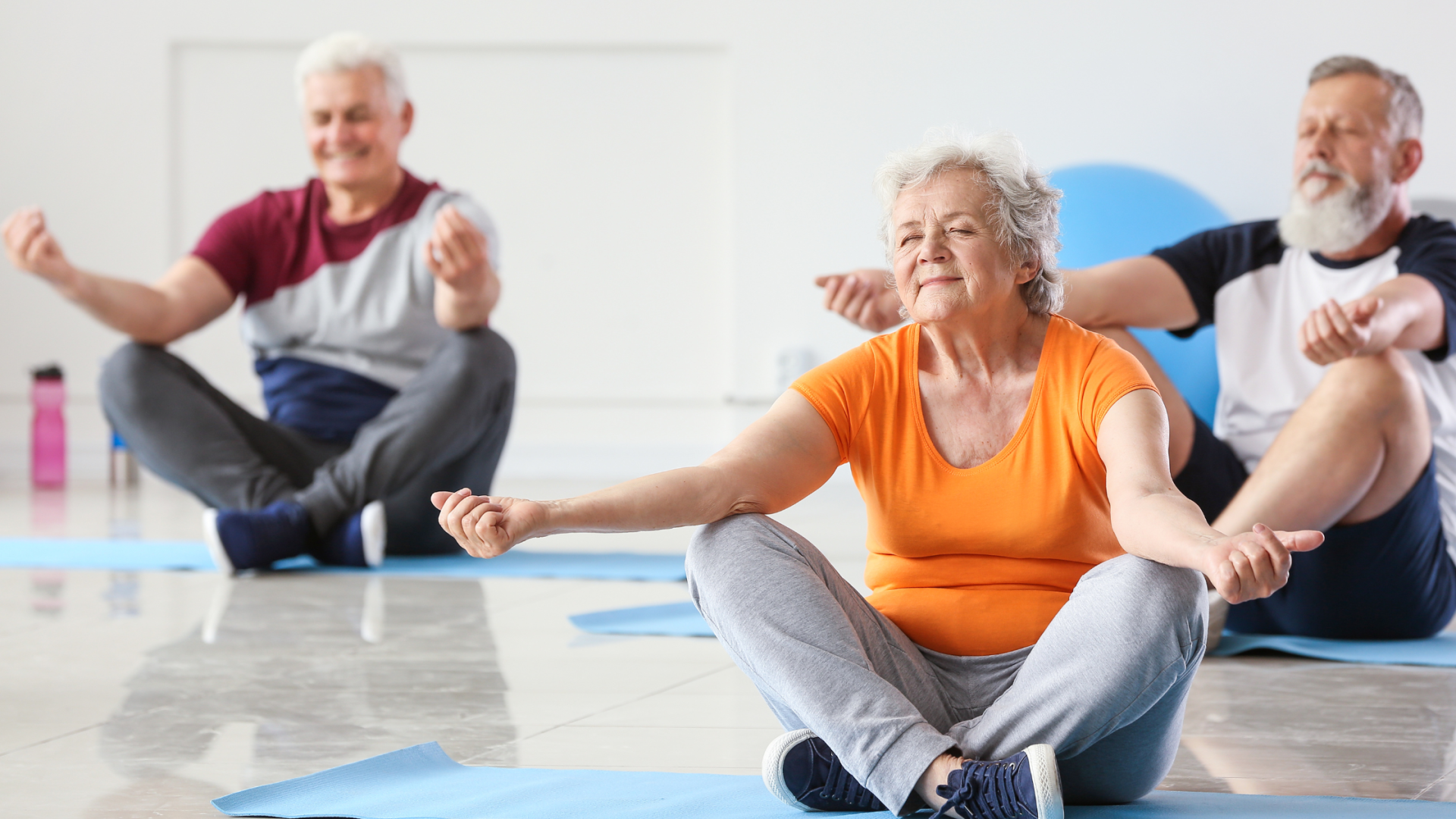
Join our mailing list for news and updates.

